Spring is in the air, and with it, a renewed enthusiasm for all things green. And despite Joburg's bent towards being a sprawling urban metropolis with a penchant for concrete, steel, and the occasional faux Tuscan column thrown in, the city has an incredible array of green spaces. You may not have heard of Patrick Watson until now, but if you are someone who appreciates outdoor landscapes, this is the man responsible for the design of some of the most strikingly beautiful gardens across the city.
Born to an architect and an enthusiastic gardener in Johannesburg in 1947, Watson showed a keen interest in plants from a young age. "All kids garden, planting little flowers here and there, but I obviously carried on more seriously. I've always been happy with the veld. I was always obsessed with biodiversity," he says in an interview with Garreth van Niekerk in the book Veld: The Gardens and Landscapes of Patrick Watson (released July 2024).
The book is a lavish treatment of Watson's art with gorgeous photography by Elsa Young. Beautifully written and conceived, it's one of those tomes you'll want to page through again and again, selecting different gardens to focus on in-depth.
Watson started his early career as an architecture student but soon abandoned this in favour of employment opportunities in the horticultural industry. Working for the Ferndale Ridge Nurseries, he gained "invaluable experience in understanding client briefs and needs, as well as learning domestic plant behaviour." From these humble beginnings, Watson gradually built up a reputation for himself. He was inspired by figures such as Bea Thompson, founder of the first nursery to focus exclusively on indigenous plants – Witkoppen Wildflower Nursery – and Joane Pim, the landscape architect who was famously responsible for the design of the Oppenheimer gardens.

Watson's early career was punctuated by a time of economic boom in Johannesburg that saw many new construction projects, and the introduction of new ideas into the design realm. One of these was 'green thinking', a 1970s trend that encouraged a change in the way nature was approached by urban designers.
Inspired by this new turn, Watson joined a Sandton municipal committee to advocate for the conservation of natural streams in the area and the inclusion of more indigenous plants in urban projects. During this time, Watson also worked with and for several architects and landscape architects, including Ann Sutton, Wilhelm Meyer, Ben Farrell, and Roelf Botha. This period in South African history saw the professionalisation of landscape design as a formal discipline – a movement at which Watson would soon find himself at the forefront.
Watson received his first solo commission in 1974, when he was asked to design the gardens for the new corporate head office of MSD Pharmaceuticals in Midrand, Gauteng. He also assisted the founder of Edgars Consolidated Stores, Sydney Press, to establish a nursery on his farm, and solidified his friendship with the influential Brazillian landscaper Roberto Burle Marx. As a consequence of his relationship with Press, Watson was granted the opportunity to embark on an international tour to help him further his design education.
The tour started in South America, where he visited Marx's gardens in Brazil, the forests of Rio de Janeiro, and Venezuela. In the United States, he went to Miami, Dallas, Las Vegas, Los Angeles, Portland, Georgia, Arizona, and Hawaii. His tour ended in Asia, where he visited Japan, China, Sri Lanka, and parts of India.
Watson undertook a similar tour several years later that took him to notable architectural sites in Europe and the United Kingdom. These extensive travels put Watson in contact with leading experts in the field and introduced him to new ideas and ways of doing never seen before in South Africa. As we read in Veld, these tours "liberated him to explore new international styles and to experiment with different historical techniques," and "gave him the confidence to [...] become evermore ambitious with the scope and scale of his briefs and his vision."
"I'm still doing exactly what I did when I was a child – making gardens out of the veld." – Patrick Watson
Back in South Africa, Watson was responsible for an astounding number of the landscape designs that make Johannesburg such an interesting and memorable place. These projects range in scale and scope, but what they all have in common is that they bear the magic mark of Watson's ideas. "Every project, whether large or small, is given equal attention and [Watson's] unique creativity."
His design philosophy prioritises the natural landscape and available resources and considers the longevity and sustainability of the project. "You have to understand ecology, how nature works, how it all fits together, all the little pieces, to do this job. It helps to see it in nature because then you know. There are reasons for things, and you need to meditate on them," Watson says. Thanks to this kind of future-proof planning, Watson's gardens are more likely to continue flourishing long after he is no longer around to oversee them.
"Watson combines artistic intuition with extensive botanical knowledge and a deep concern for the conservation and restoration of nature," writes Van Niekerk, who invariably regards him as an ecologist, an artist, a philosopher, and a professional. Although Watson is most famous for projects such as Sun City and Steyn City, he was responsible for designing and crafting many gardens, both big and small, throughout Johannesburg's urban fabric. Below are some of our favourites.
iStore, Sandton
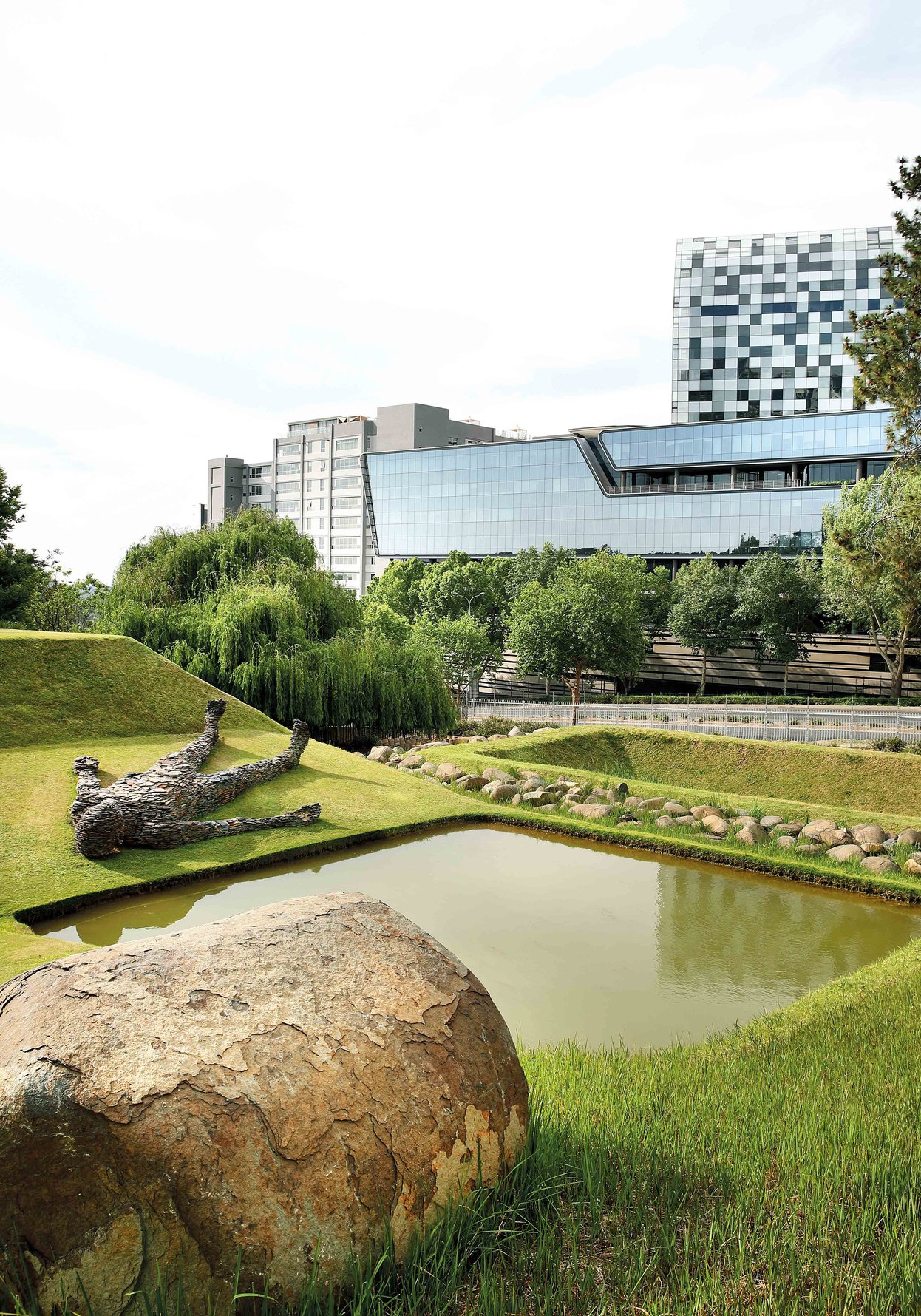
Nirox Estate, Cradle of Humankind
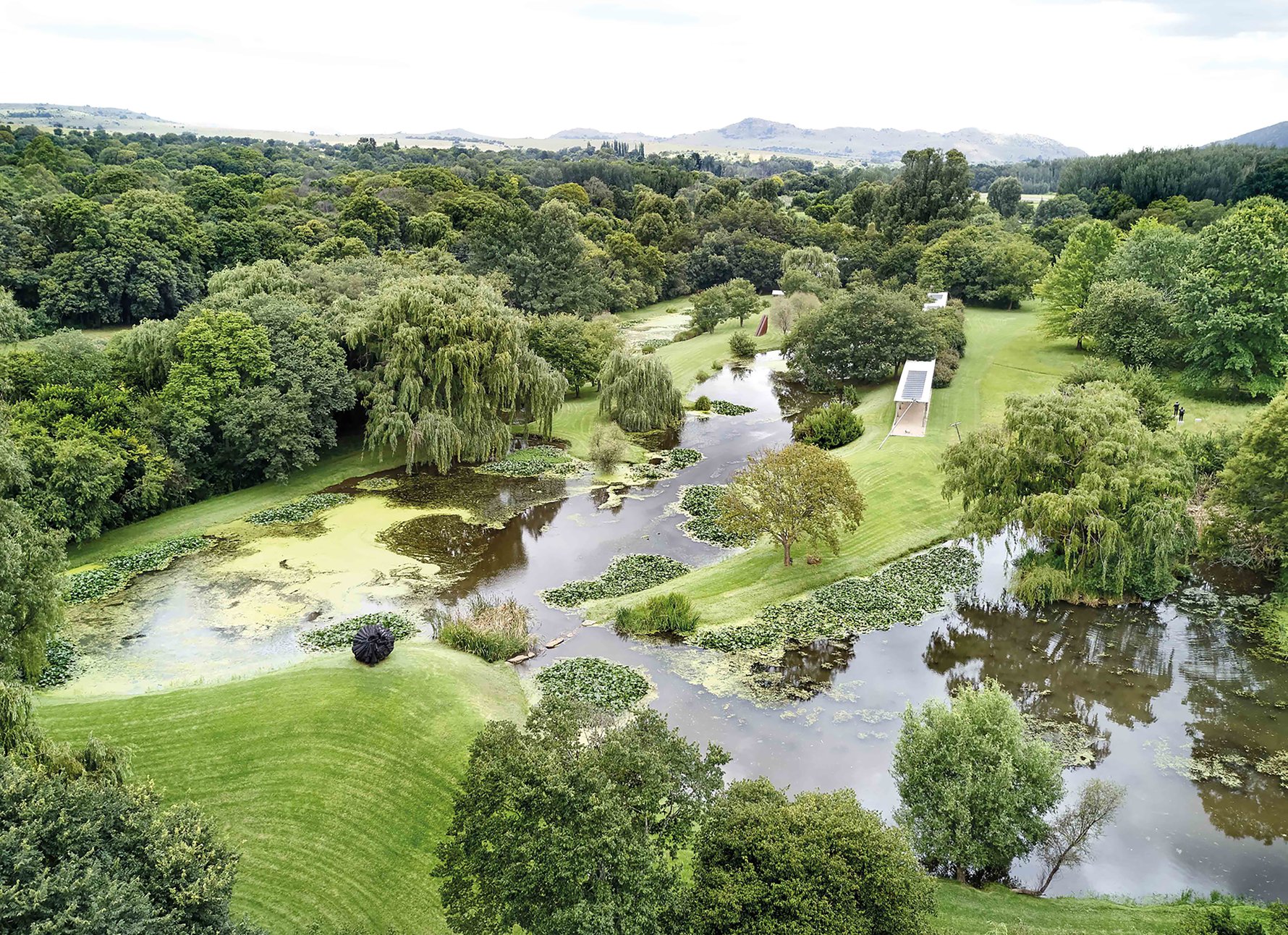
Photo: Elsa Young.
For Watson, this project was all about collaboration: to ensure the success of the project, he had to bring together the owners of the properties bordering the park, the founders of the Nirox Foundation, and the resident artists to create something spectacular. "Each of the more than 300 artists who have participated in the Nirox residency programme has added their works to the landscape, forming it into an experimental environment that is constantly evolving and redefining itself."
Saxon Hotel, Villas and Spa, Sandhurst

Steyn City, Midrand
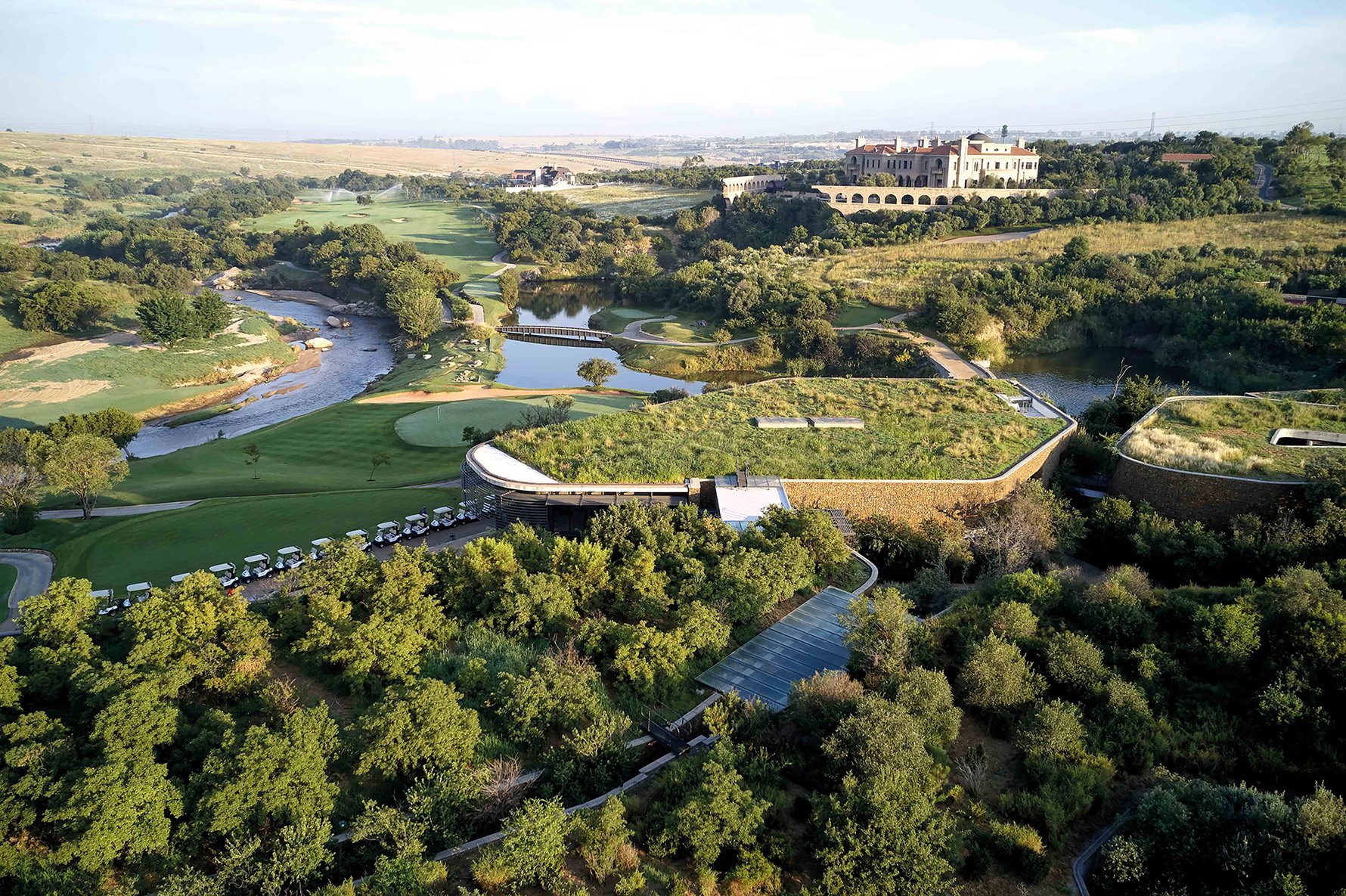
Watson's design for Steyn City is "characterised largely by a minimalist planting palette that works to emphasise the scale of the property." To create this effect, he planted indigenous trees such as Wild Olive and White Stinkwood in repetitive patterns and augmented these patterns with mass plantings of shrubs. The project team also dammed natural rivers and streams on the property to create havens for birds and small mammals and provide the site with an irrigation source. As the vegetation continues to grow, it increasingly hides Steyn City's labyrinth of roads, tunnels, malls, schools, bridges, and residences. This creates private spaces in an otherwise public setting, and "celebrates the beauty of Johannesburg's unique flora and fauna while speaking to the European influence of the estate's architectural identity."
Victoria Yards, Lorentzville

Officially named the Victoria Yards Urban Agriculture Project, the design team set out to "honour the original architecture of the precinct, which is largely defined by light-industrial warehouse-style buildings." To achieve this, corridors between individual warehouses and open spaces on the site were connected with food gardens to create more cohesion on the property. Watson used his botanical knowledge to incorporate plants that would be easily manageable, such as herbs, pomegranates, chillies, aubergines, Cape gooseberries, raspberries, ornamental oranges, and indigenous perennials. At present, the gardens are successfully maintained by local community members, and since the garden has been established, tenants and locals have contributed their own plants to the gardens to increase their diversity.
What used to be neglected space now attracts birds, insects, and bees, and has become "a vital meeting point for both neighbourhood residents and visitors." This project is not only the source of jobs and an income for community members, but has also restored hope to many who believe the neglected spaces of Johannesburg are lost forever.
"I'm still doing exactly what I did when I was a child – making gardens out of the veld," says Watson; and we are privileged to share in his passion.
Order your copy of Veld: The Gardens and Landscapes of Patrick Watson here.


_m.jpg)
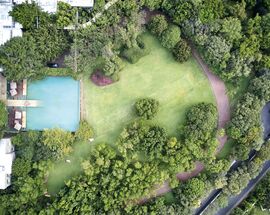
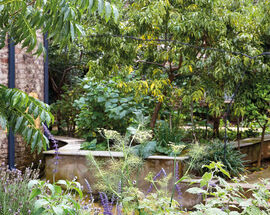


Comments